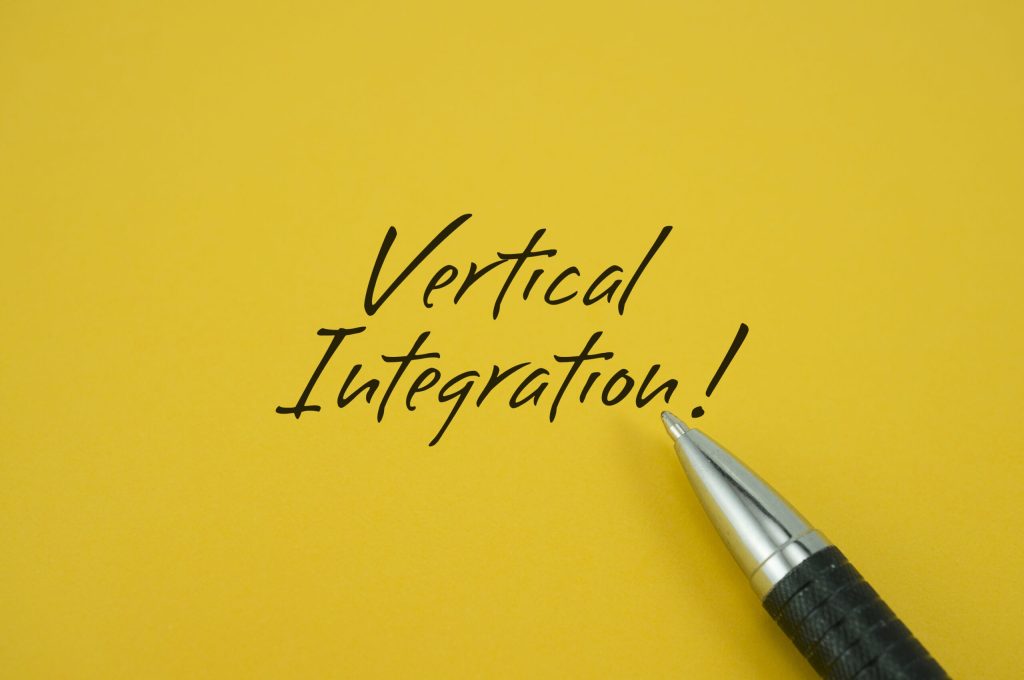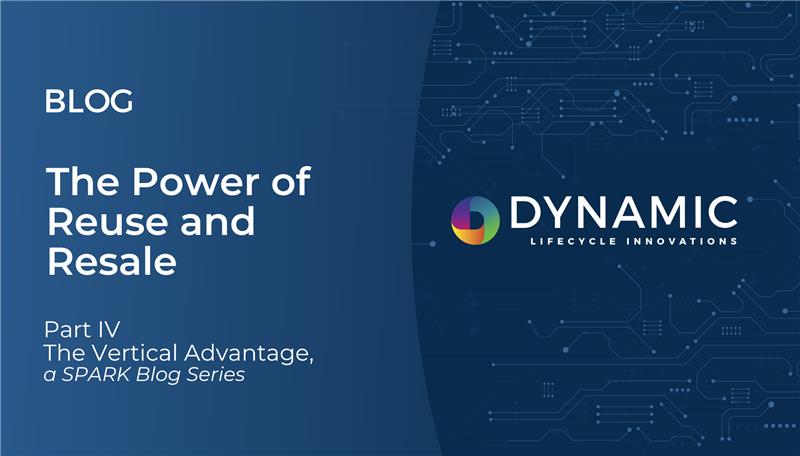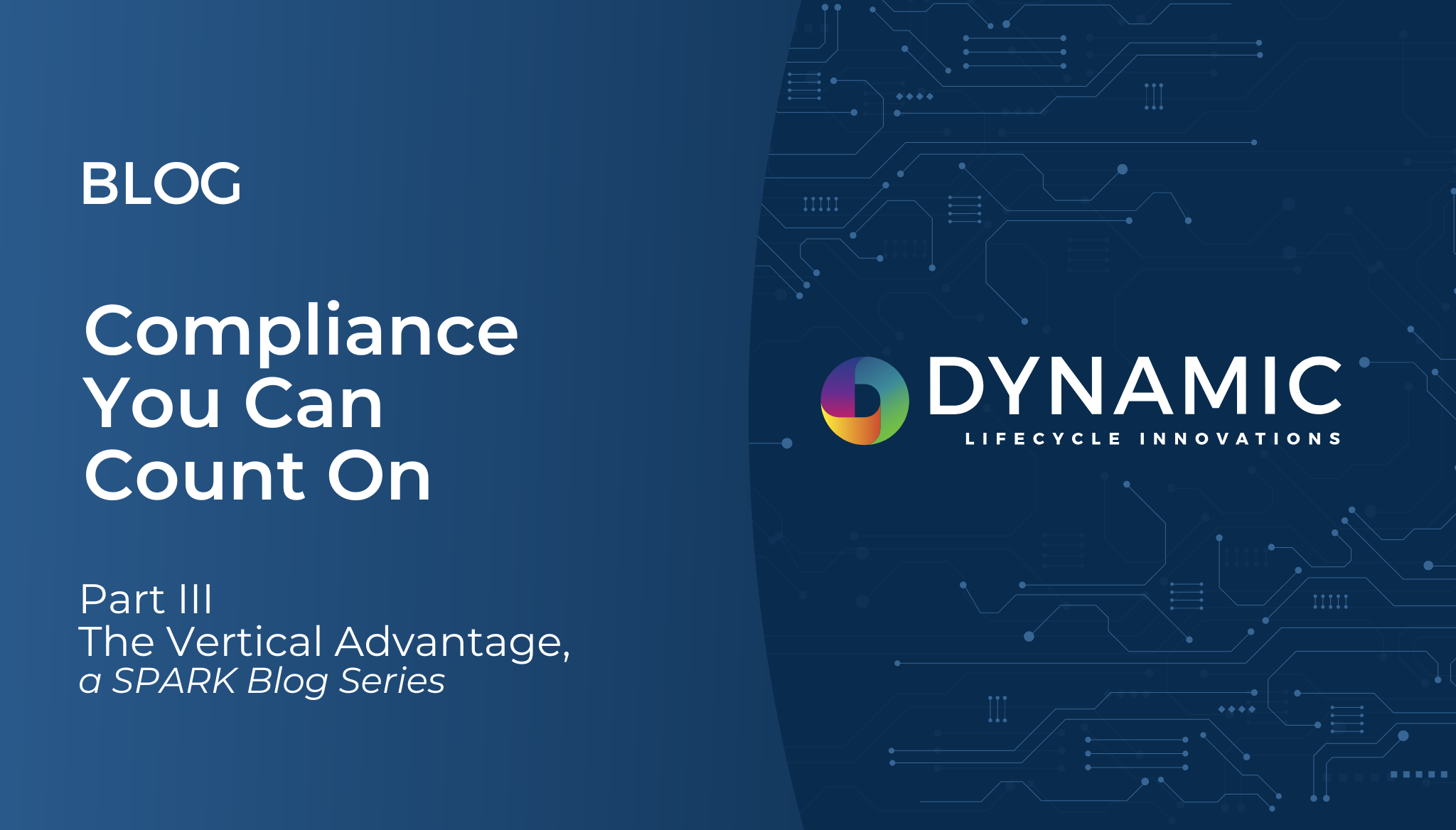This article is part 3 in a series intended to guide original equipment manufacturers (OEMs) and retailers with selecting the right electronics lifecycle management partner to assist them with their reverse logistics needs.
When considering whether to partner with an electronics lifecycle management company, it’s common for the OEM or retailer to focus on certain criteria, such as the vendor’s environmental and data security practices.
While those are key considerations, your vetting process should also include some not-so-obvious criteria. One of the most important is whether the potential partner has a vertically integrated business structure. In this article, I’ll explain why vertical integration is such a valuable attribute for effectively meeting your reverse logistics needs.
What You Can Expect
First, what is meant by “vertical integration?” Quite simply, it means that the partner offers a comprehensive set of services under one roof for managing retired, returned, or recalled electronics. It also indicates that the partner relies minimally, if at all, on downstream vendors. Following are key capabilities of a vertically integrated partner:
- Secure in-house logistics – end-to-end management of returned electronics, including secure pickup and transportation
- Comprehensive IT asset disposition (ITAD) – maximizing value through reuse, refurbishment, and resale
- Advanced electronics recycling – handling complex devices and materials with industry-leading processing capabilities
- Certified data and device destruction – secure, verified destruction with full tracking and documentation for compliance assurances
- Efficient scrap processing and material recovery – extracting valuable materials, including precious metals, for reintegration into the manufacturing process
- Stronger ESG compliance and sustainability – supporting corporate environmental, social, and governance (ESG) goals with responsible recycling, ethical sourcing, and waste reduction
Why It’s Important
In a nutshell, vertical integration streamlines the entire reverse logistics supply chain from initial returns to the next best life for the device or materials. Benefits to your OEM or retail business include:
- Simplification and time savings by having a single point of contact for all phases of your reverse logistics program, versus the time and effort required to manage multiple vendors
- Maximum cost savings on transportation, overhead, and other facets of your program, stemming from the partner’s operational efficiency
- The potential to further offset costs through revenue sharing from electronics resale and materials recovery
- Reduced risk to your organization by entrusting control of your reverse logistics supply chain to an entity that aligns with your standards for environmental stewardship, protection of sensitive data, and superior service to your customers
How does Dynamic Lifecycle Innovations measure up to the standards and best practices of a vertically integrated business? For the complete story, I invite you to download our free “Choosing the Right Electronics Lifecycle Management Partner” evaluation guide and checklist for OEMs and retailers. The guide also walks you through three other crucial areas to consider when outsourcing your reverse logistics. Click here to download now.










